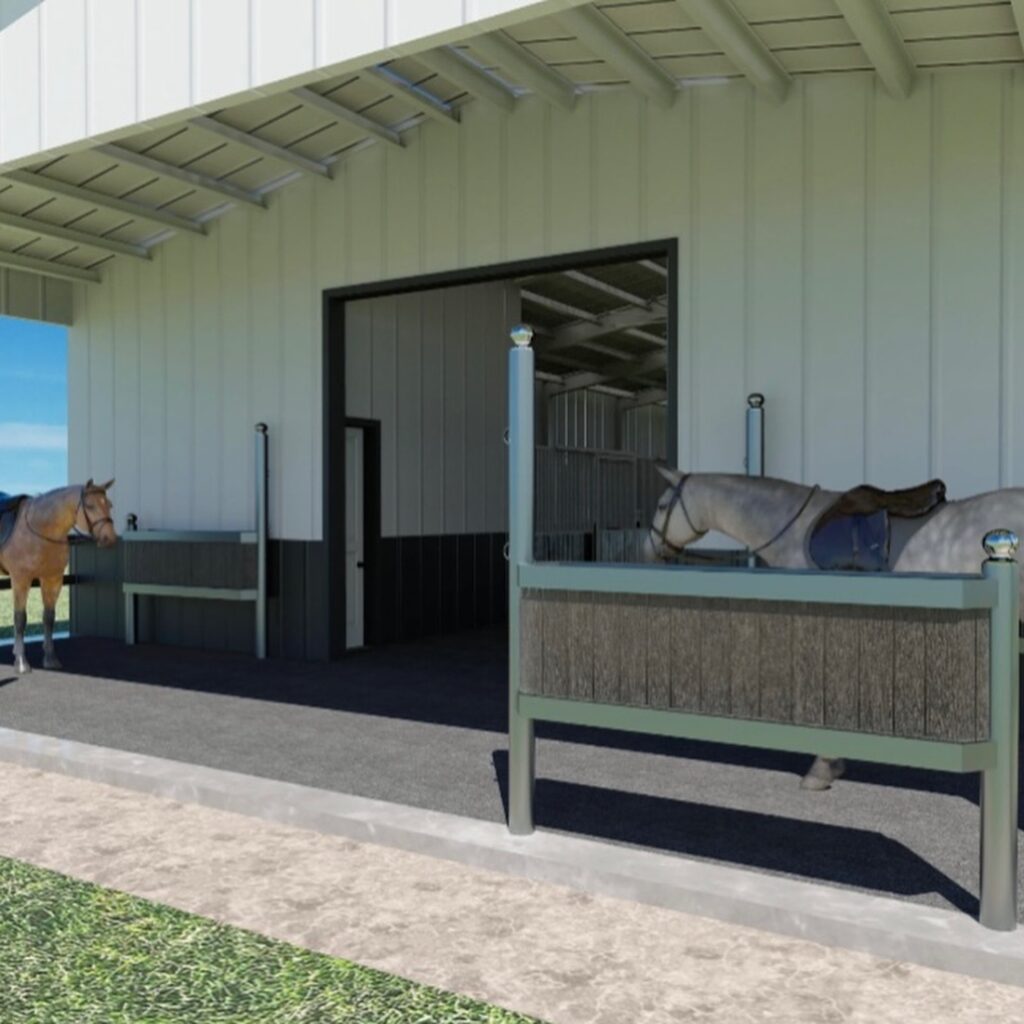Understanding Local Building Code Requirements
One of the most common concerns property owners have before starting a steel building project is whether the structure will meet local building codes. In Florida and many other states, these codes are stringent due to weather-related risks, including hurricanes, flooding, and high humidity. The good news is that steel buildings can be engineered to meet or exceed these requirements, provided they are designed and constructed correctly.
Building codes are established to protect people and property by ensuring that all structures are safe, durable, and suited to their environment. Steel buildings often have a natural advantage because they are engineered for strength, fire resistance, and weather resilience. However, compliance depends heavily on proper planning, accurate engineering, and professional construction.
How Steel Buildings Achieve Compliance
Steel buildings are not one-size-fits-all. They are designed with specific geographic and environmental conditions in mind. Engineers consider local wind speeds, snow loads, and seismic activity when creating plans. In Florida, for example, wind resistance is a top priority, and structures may need to be rated for speeds exceeding 150 mph in certain regions.
In addition to wind, codes also address factors such as foundation strength, anchoring systems, and material specifications. By using thicker-gauge steel, reinforced connections, and hurricane-rated doors and windows, a steel building can be tailored to meet the demands of any jurisdiction.
Common Code Considerations for Steel Structures
Local codes vary, but most require attention to a few key areas:
- Wind load requirements – Critical in coastal states like Florida, where hurricanes are frequent.
- Foundation design – Concrete foundations must meet specific depth and reinforcement standards.
- Anchoring methods – Secure anchoring prevents uplift or shifting during high winds.
- Fire resistance – Steel’s non-combustible properties often help meet fire safety requirements.
- Accessibility – Commercial projects must comply with ADA standards for accessibility.
Addressing these considerations from the start ensures the building passes inspection and remains safe for long-term use.
Permits and Inspections
Before any construction begins, permits must be obtained from the local building authority. The permitting process requires detailed plans that show the building design, materials, and intended use. For steel buildings, this often includes engineering certifications that demonstrate the structure can withstand local environmental pressures.
Once permits are issued, inspections occur at different phases of construction. Inspectors may review the foundation before the steel frame is erected, check anchoring systems, and evaluate the final structure for compliance. Passing inspections confirms the building meets local codes and can be safely occupied.
The Role of Engineering and Professional Contractors
The success of any steel building project depends on the expertise of those involved. Licensed engineers play a crucial role in designing structures that comply with state and county requirements. They account for local conditions such as soil type, flood zones, and high-wind areas. Without engineering oversight, a building may fail to meet standards or face costly redesigns.
Equally important is hiring an experienced contractor. Professional builders understand the permitting process, maintain open communication with inspectors, and ensure that construction adheres to code. Contractors who specialize in steel buildings are familiar with the materials, anchoring methods, and connections that inspectors look for during evaluations.
IDA Development and Code Compliance
At IDA Development, we design and build steel barns, arenas, and garages that are fully compliant with Florida building codes. Our team collaborates closely with licensed engineers to develop detailed plans tailored to the specific requirements of each county. We also assist clients with the permitting process, providing the necessary documentation and certifications required by local authorities.
Because we specialize in equestrian and agricultural structures, our projects often involve unique considerations such as large open spans, ventilation systems, and hurricane resistance. With our experience, clients can trust that their steel building will meet inspection standards while delivering strength and functionality.
Why Building Codes Protect Your Investment
While some owners see building codes as an obstacle, they are ultimately in place to protect your investment. A code-compliant steel building is designed to withstand the challenges of its environment, whether that means hurricane-force winds, fire risks, or heavy use over the course of decades. Meeting codes also ensure insurance companies will cover the structure, and it increases the property’s resale value.
Failure to meet codes can be far more costly than compliance with them. Non-compliant structures may face fines, forced demolition, or unsafe conditions that put people and property at risk. Choosing steel—and working with professionals who understand code requirements—provides peace of mind and long-term security.
Investing in a Steel Building That Meets Local Standards
Steel buildings can absolutely meet local building codes when they are adequately engineered, permitted, and constructed. Homeowners benefit from garages and workshops that are safe, insurable, and long-lasting. Businesses gain barns, arenas, and commercial facilities that meet strict safety standards while supporting daily operations.
The permitting and inspection process may take time, but it ensures the building is built right the first time. With proper preparation and professional support, steel structures not only pass code but also exceed expectations in terms of strength and reliability.
For Florida property owners, compliance is about more than checking a box—it’s about creating a structure that can withstand hurricanes, protect assets, and add lasting value to your property. When you choose an experienced contractor, your investment yields a steel building that is both code-compliant and built to last for decades.

